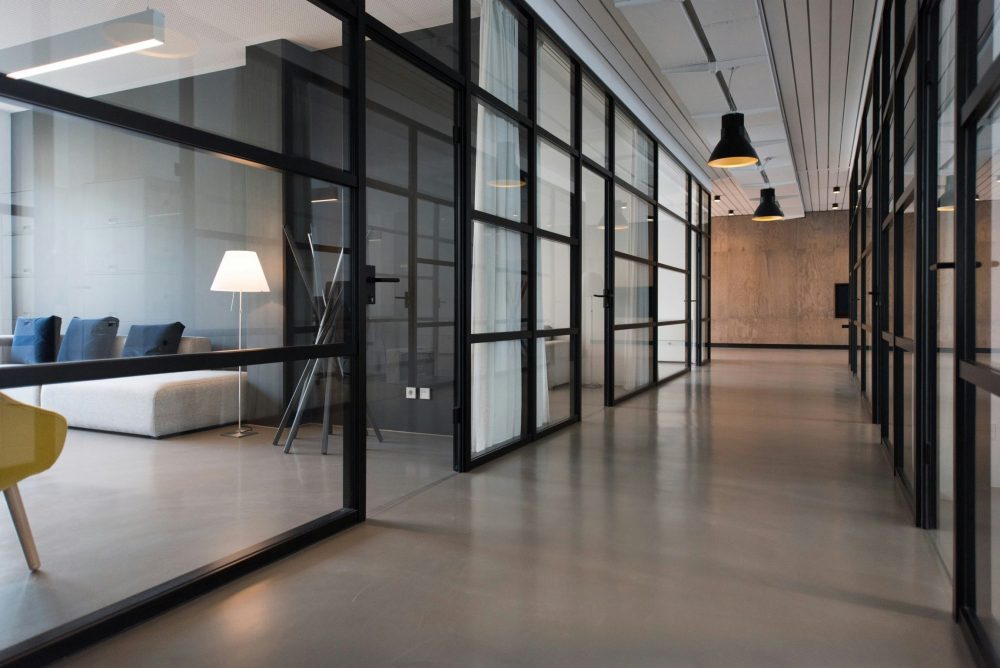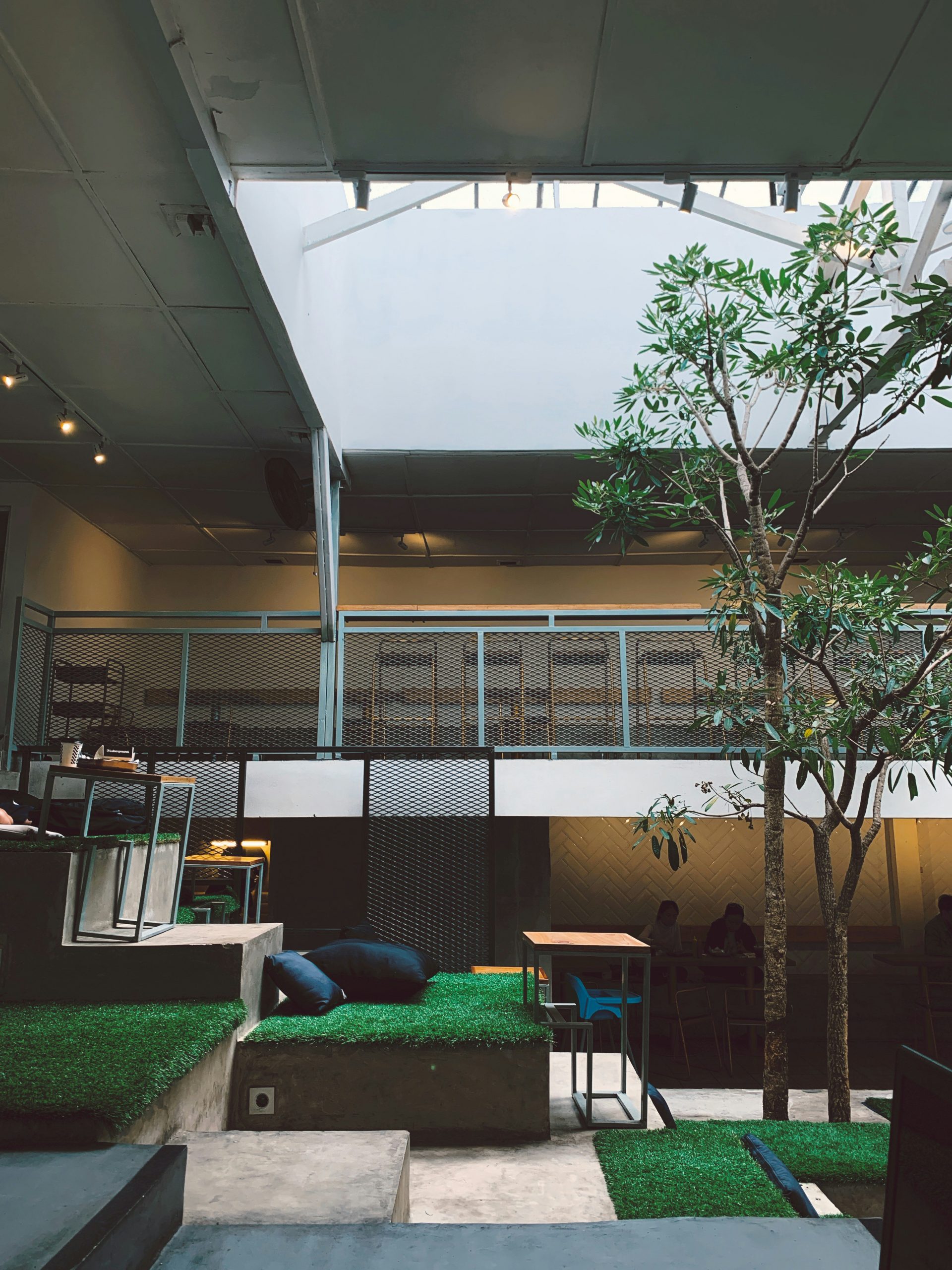Alexander Passler of Vallist shares his unique perspective on how landlords can leverage the lessons learned in Work From Home to bring employees into the office.
Even though the pandemic “ended,” there still seems to be two polarised views on the Work From Home (WFH) policy. Digital nomads still exist, and some employers are more than happy for their workforce to continue to stay at home while they go about their duties. On the other end of the spectrum – and my crosshairs are hovering over Canary Wharf here – there are the big corporates that are stuck with infinitely long, very pricey office leases that need to be validated. There is panic. It’s no surprise that some of the biggest banks in the world are looking to get out – just look at the case of HSBC, who are in the motions of reducing the size of their London office space by nearly 50%.
Why the WFH Environment Works
Let’s tee things up with a look at why WFH works so well. Obvious pro: no commute. This means more time and, ultimately, less costs. Then there’s the fact that each individual has the flexibility and control to be able to set up their workspace in the way they want it. It’s the level of autonomy that you can’t get in the typical shared workspace. Want lunch? You’re only a few steps away from your kitchen. Need to put the washing out? Again, the convenience of working from home is unmatched.

As we return to normality, or whatever normality is now, employers are struggling to get their employees back in the office. This may have to do with company culture, but more likely it has to do with the fact that office working environments just can’t match up to what people have created at home. But why do employers need to get their employees back into the office?
The True Cost of WFH
For the employer, WFH doesn’t always come cheap. Sure, if you’ve managed to offload that expensive lease and downsize your real estate, then you can save on those overheads. However, one major issue is productivity. Remote work promised higher efficiency, but there’s a more complex story here. The National Bureau of Economic Research found that while employees might be logging on for more hours at home compared to the office, they were – on average – 18% less productive than their office-bound counterparts. Without the benefit of people looking over your shoulder and the ability to brainstorm directly with your peers, there is a massive void in terms of collaboration. It’s difficult for people to work as efficiently as they do in an office. I’ve seen this firsthand, having worked in various workspaces like WeWork and Compass, where the benefits of having a central nucleus in the same building are clear.
Remote work creates silos, affecting productivity.
Then there’s the human cost of working from home. Initially, it was great to avoid the pandemic and the commute, but WFH can lead to feelings of isolation and has a real impact on mental health. Being at home all day without communication can be detrimental to emotional well-being. Then there’s the problem that working from home and not the office, often blurs the lines between work and personal life, making it difficult to switch off, which can lead to burnout.

Corporate culture also suffers in a remote setup. Virtual meetings are useful but have limitations. They can’t substitute for face-to-face interactions. Issues such as employee onboarding, sharing materials, and HR functions become more challenging due to the coldness of remote communication.
How to Get Employees Back into the Office
To address these challenges, we need a hybrid model that combines the best practices of both home and office work environments. Employers need to recreate the home office environment in the workplace, offering personalisation and comfort. This includes ergonomic furniture, personalised workstations and the ability to take breaks or get fresh air easily. Creating a comfortable and appealing office environment is crucial.

In my experience, innovative landlords are taking several approaches to achieve this. Some are implementing technology that shows which colleagues are in the office, encouraging others to come in. Others are focusing on creating office spaces that offer more than just desks – think wellness facilities, F&B options and events.
The goal is to make the office a destination, not just a workplace.
Flexibility is key. The commercial office space industry, especially in London, needs to adapt to more flexible leasing arrangements. During the pandemic, many leases were terminated, leaving office spaces empty. While some progress is being made – the average London office lease is now 34% shorter than it was back in 2019 – long-term leases that require full occupancy are no longer feasible. A significant trend I’ve observed is the move towards spec suites. Landlords are now fitting out spaces with floors, meeting rooms, furniture and more – something that wasn’t common before. This approach allows for shorter, typically 2-3 year leases, which is far more appealing in the current climate.

Companies need flexible, adaptable spaces that can be customised to meet their needs. These spec suites offer a cost-effective solution for companies. They can move in quickly and cheaply, perhaps investing a couple hundred thousand in extra partitions, which can be amortised over 12-24 months. This will drive landlords to create appealing workspaces that employees want to return to.
In my view, getting people back to the office involves two key conversations: one with tenants about their specific needs, and another with property owners about creating more flexible arrangements. By addressing these aspects, we can create workspaces that people actually want to return to, bridging the gap between the comforts of home and the collaborative benefits of office life.

